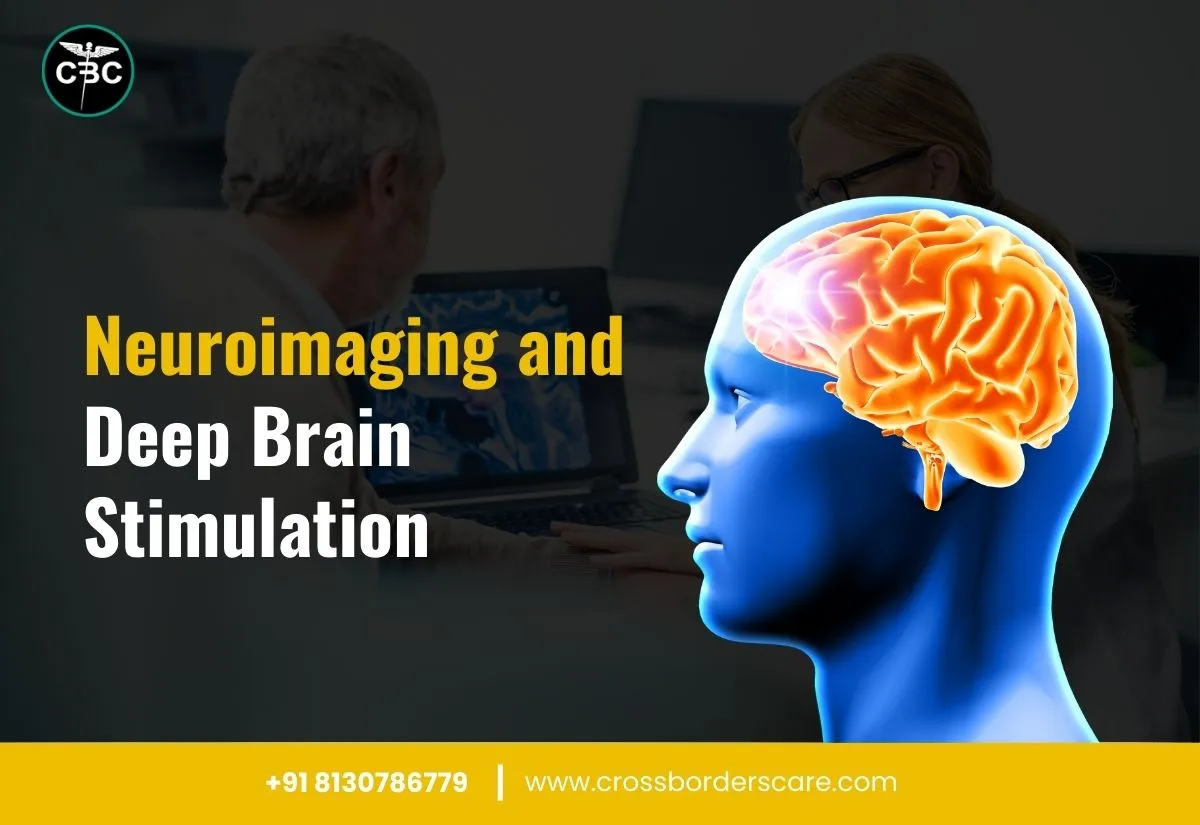Deep Brain Stimulation or DBS is the dedicated neurological procedure for treating different types of movement disorders. Patients suffering from dystonia, essential tremors, or Parkinson’s disease can go ahead with deep brain stimulation or DBS to alleviate these symptoms.
Read on to find out more about the DBS process for managing movement disorders. We’ll understand the clinical applications of DBS for various movement disorders, the key advantages of this process in India.
Deep Brain Stimulation Surgery- An Overview
It refers to the dedicated medical procedure of implanting electrodes into targeted areas of the brain. The pulse generator sends the electrical impulses to the brain for modulating the abnormal neural activity leading to movement disorders.
Clinical applications of Deep Brain Stimulation
The clinical applications of DBS for key movement disorders and other medical-resistant disorders cover the following:
For Parkinson’s disease
Patients having Parkinson’s disease face tremors, movement difficulties, and stiffness due to the progressive loss of dopamine-producing neurons in the brain.
DBS has significantly improved motor symptoms and improved quality of life for patients suffering from Parkinson’s who’ve reduced benefits from the medication.
For Essential Tremors
Patients with essential tremors face uncontrollable shaking of body parts like the head, or hands. Some also show voice tremors.
DBS offers subsequent relief from tremors and helps improve the ability to perform daily activities without any restrictions.
For Dystonia
Dystonia patients face sustained muscle contractions and abnormal postures creating issues for daily activities for patients.
DBS ensures that the symptoms of Dystonia are reduced with enhanced functional outcomes for patients with severe cases.
For Obsessive Compulsive Disorder (OCD)
While OCD is not a direct movement disorder, it does become treatment-resistant based on severity.
DBS has shown effective results in treating severe OCD cases in several clinical trials.
Key Advantages of Deep Brain Stimulation
The top benefits of the DBS procedure refer to:
Effective symptom relief
DBS is effective in reducing movement disorders in different patients. Hence, patients get the benefits of minimised side effects and reduced medication dosages.
Reversible process
DBS is a reversible process, unlike the other surgical interventions. The level of stimulation in DBS is adjusted and the device can be quickly turned off or removed according to the patient’s needs.
Customised procedure
The different parameters of the Deep Brain Stimulation can be customised based on the patient’s condition. It covers the amplitude and frequency of the device. The overall treatment effectiveness increases with the offering of the personalised DBS treatment with fine-tuned settings.
Enhanced quality of life
Patients after Deep Brain Stimulation (DBS) surgery have experienced substantial improvements in their daily routine. Hence, the overall quality of life of patients after DBS subsequently increases.
Cost of Deep Brain Stimulation Surgery in India
With a quick look at the top benefits of the DBS process, here are the key considerations for finding its cost.
The cost of Deep Brain Stimulation Surgery depends on different factors like the patient’s condition, the experience of the medical professionals, device type and the hospital charges.
The average cost of the Deep Brain Stimulation is around INR 20 lakhs or USD 27000 in Delhi.
Wrapping Up
Deep Brain Stimulation Surgery is an established process to treat several movement disorders. It is easy to understand the clinical applications of this treatment followed by its benefits to elevate the quality of life. The Deep Brain Surgery cost in India Is dependent on different factors related to the patient’s condition, experience of the surgeon, make and model of the device etc.
Cross Border promises the best DBS surgery in India with its expertise in offering the right medical treatment at affordable prices from the top-notch hospitals in the country.





